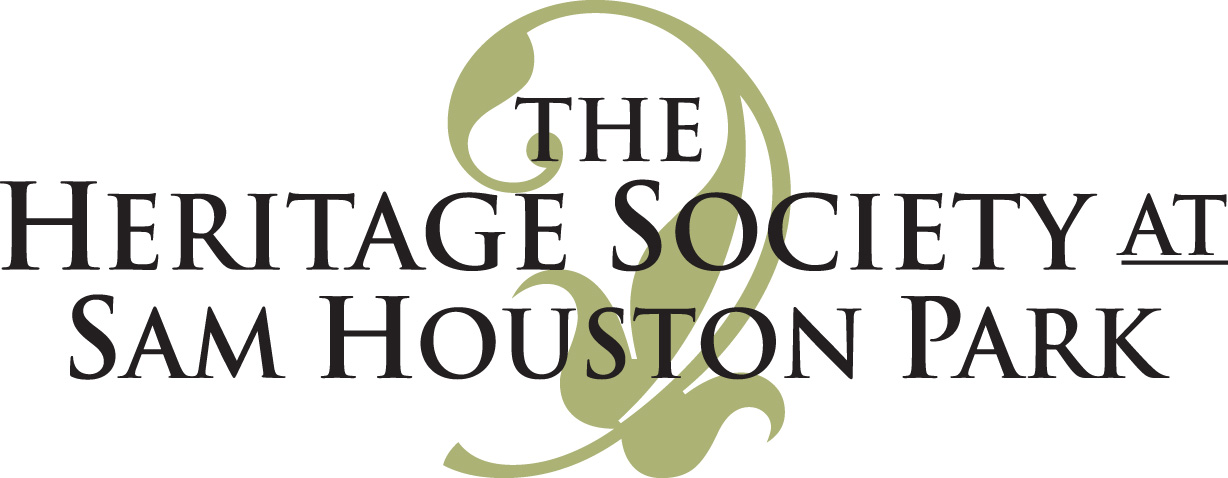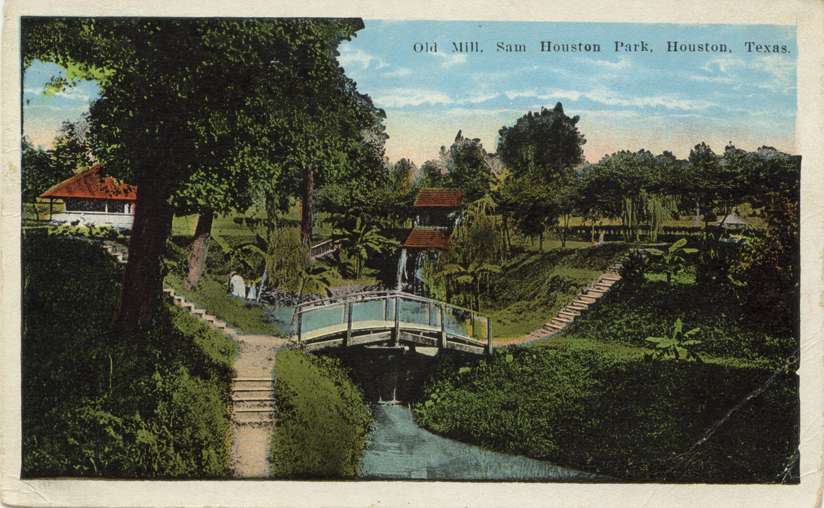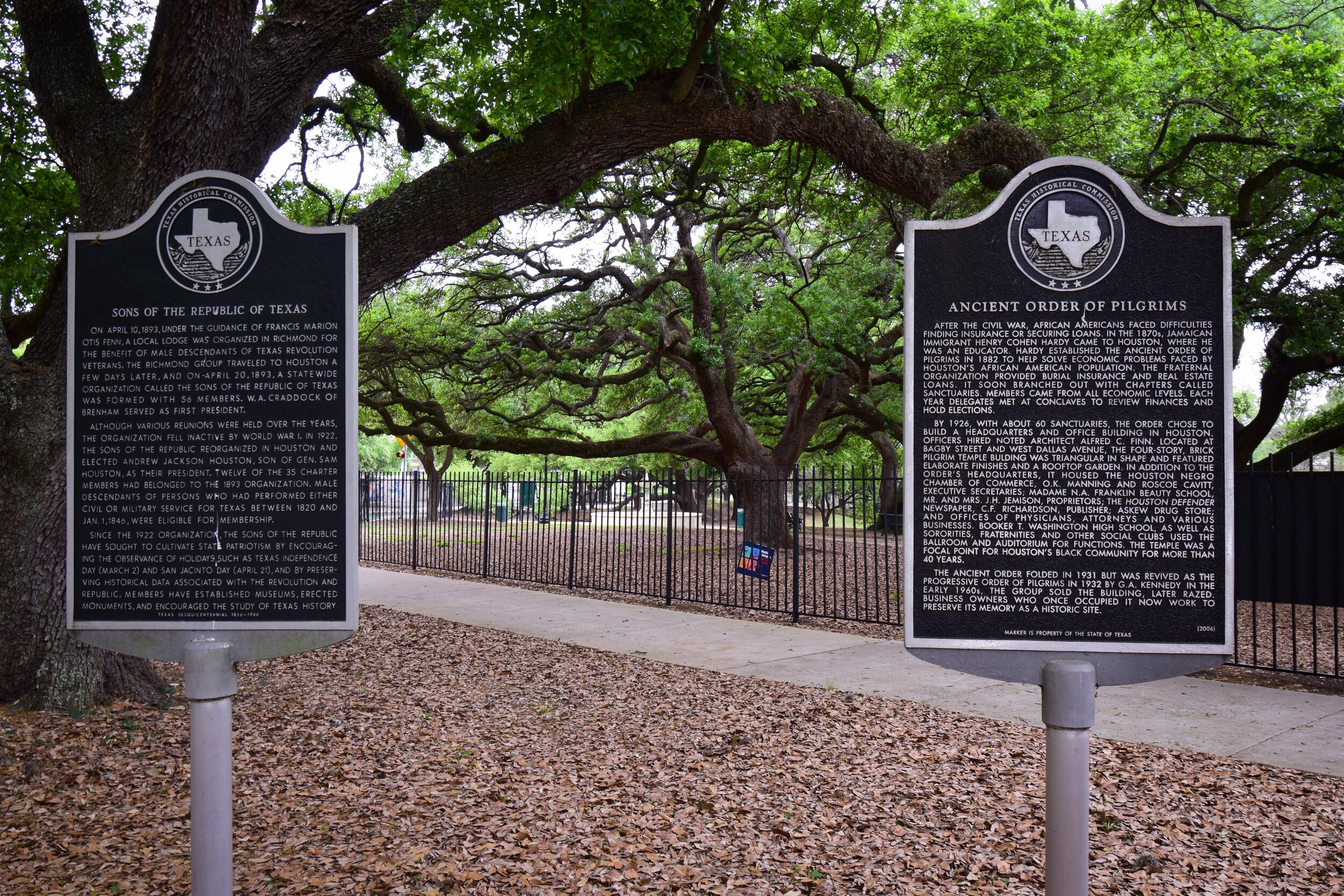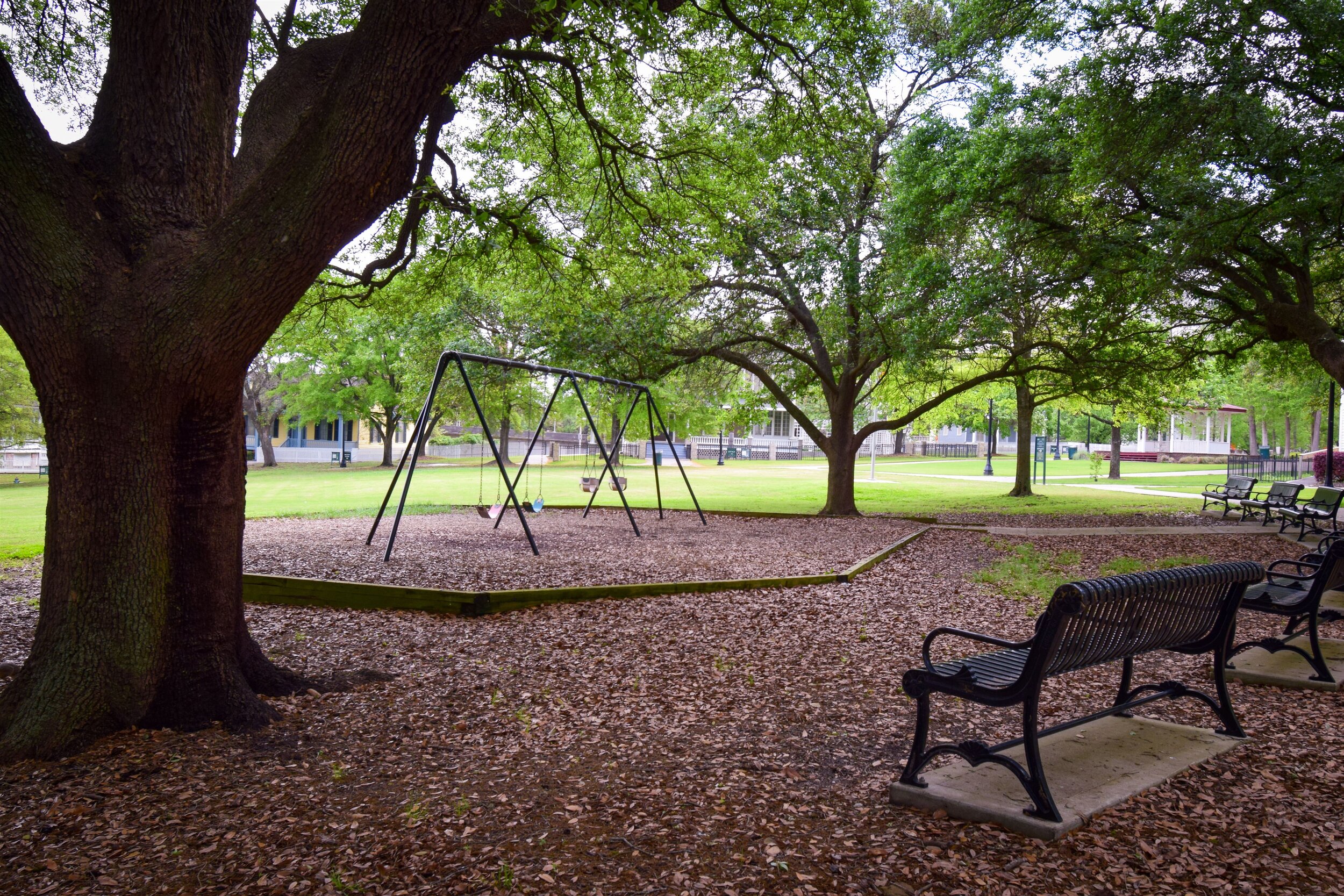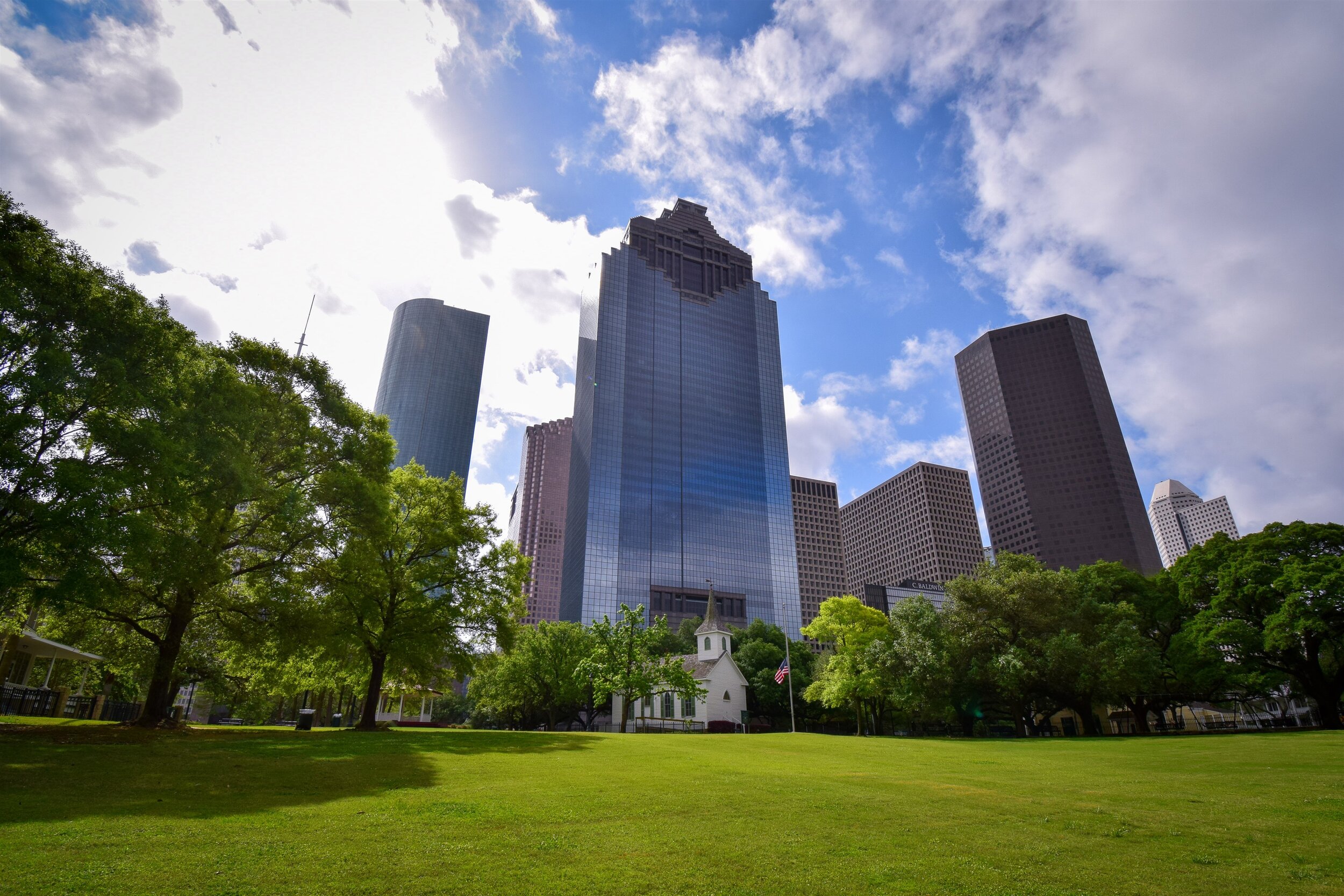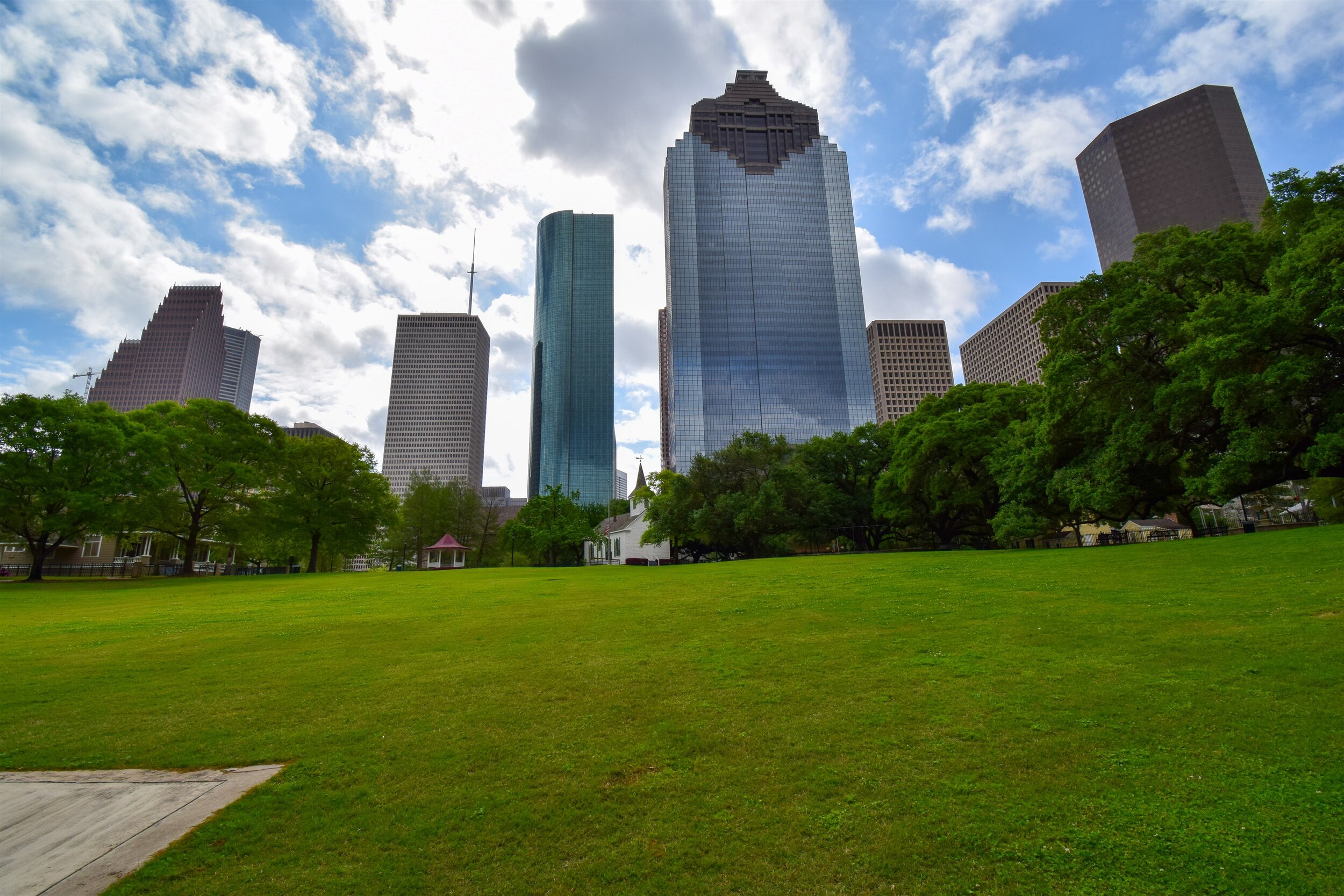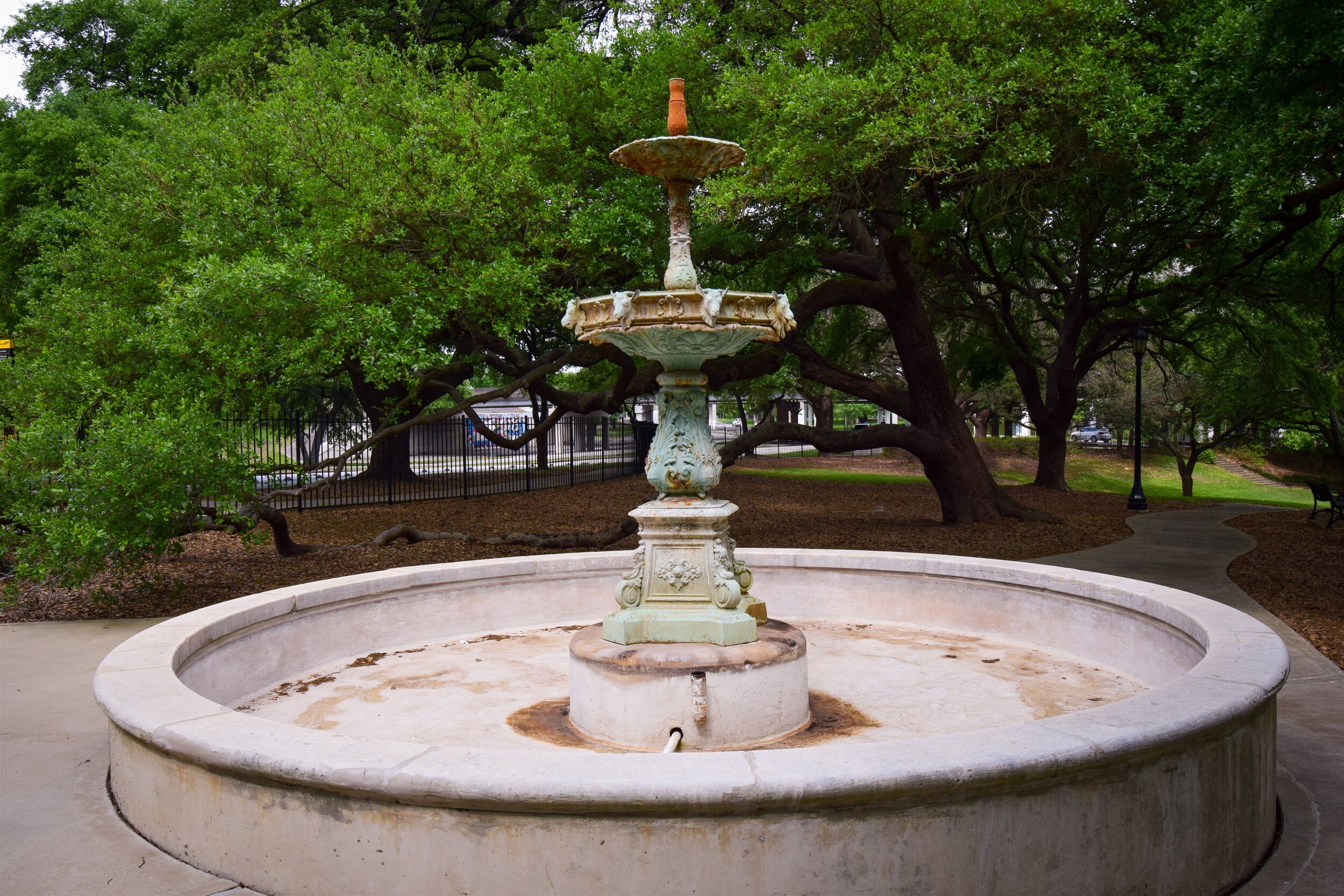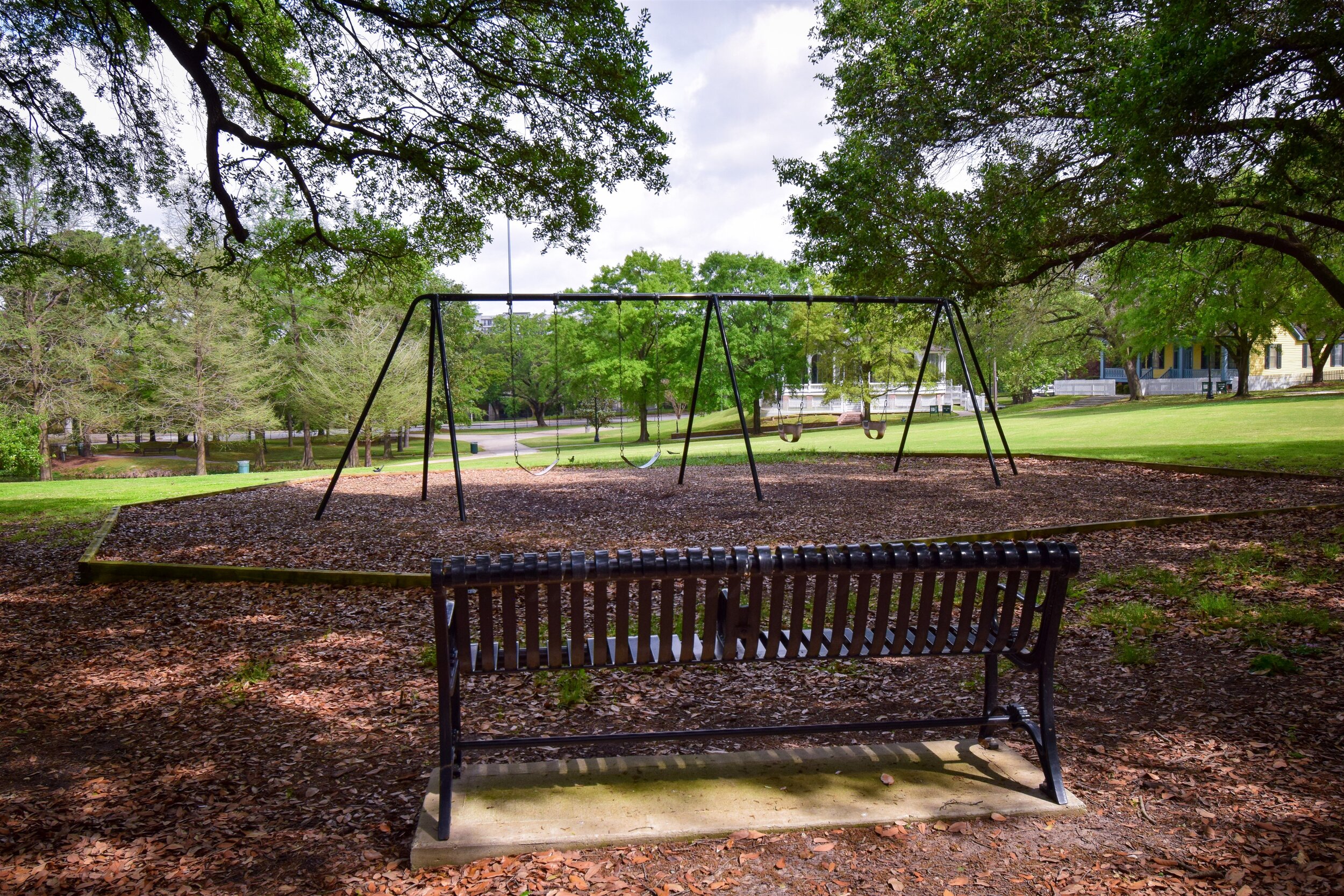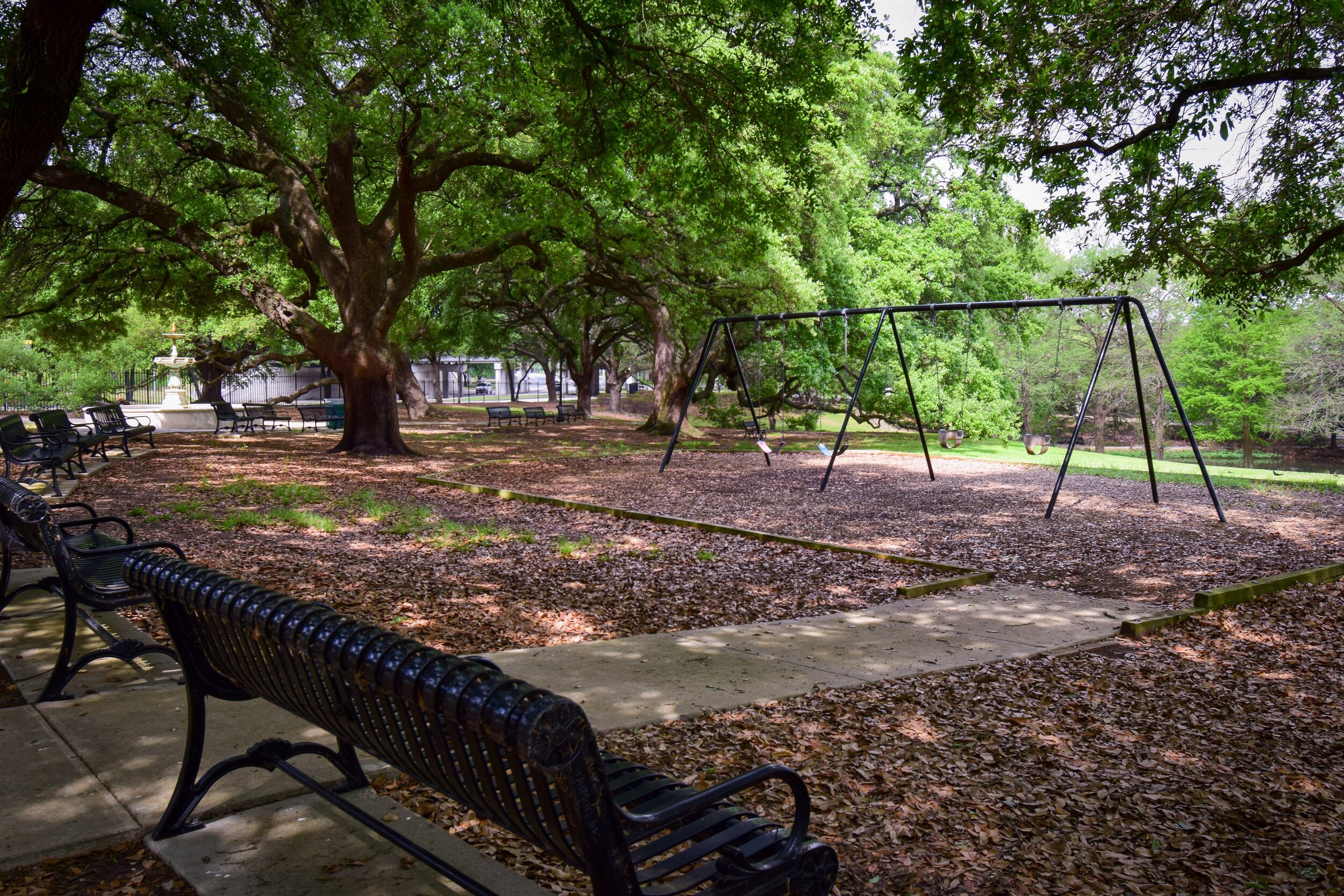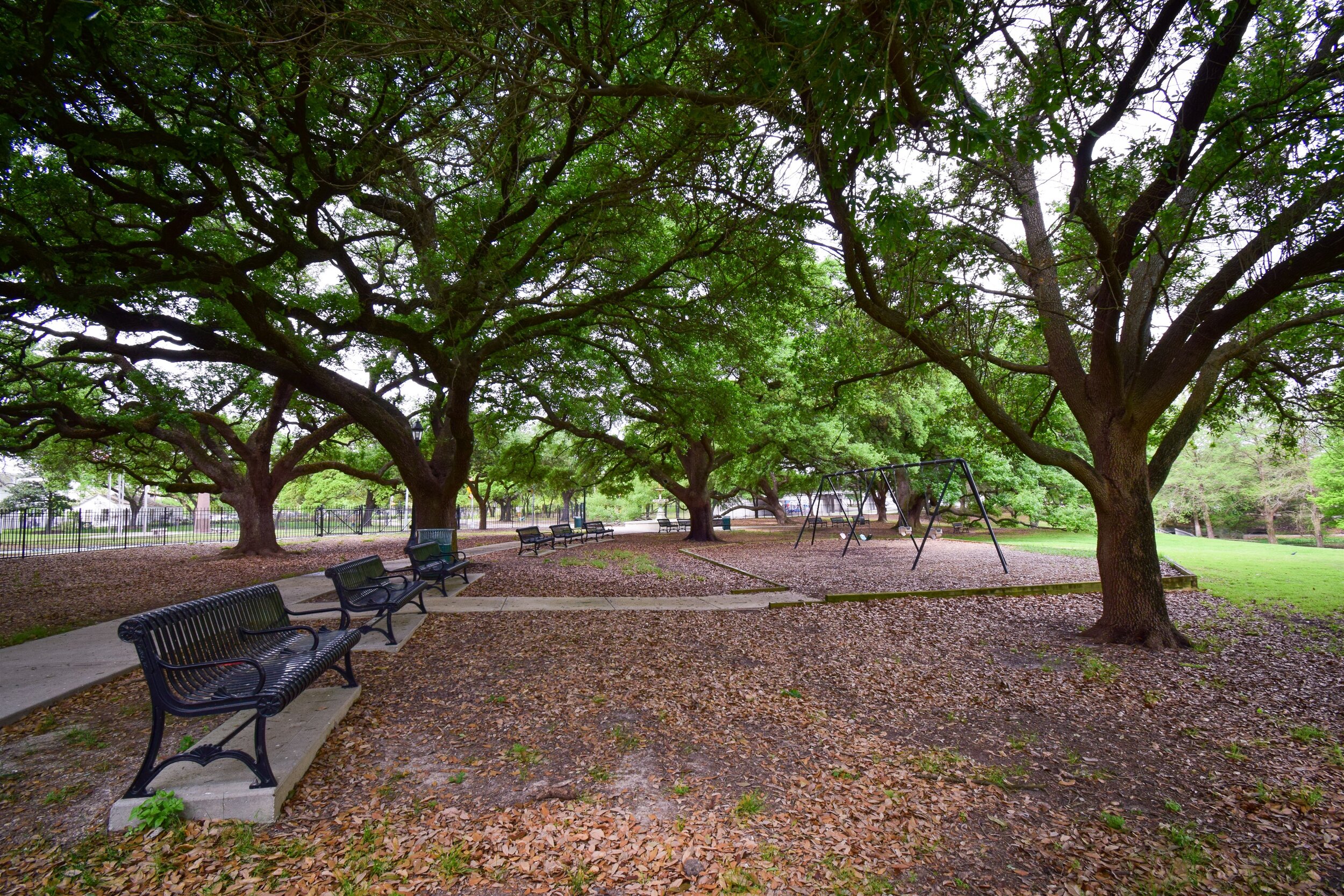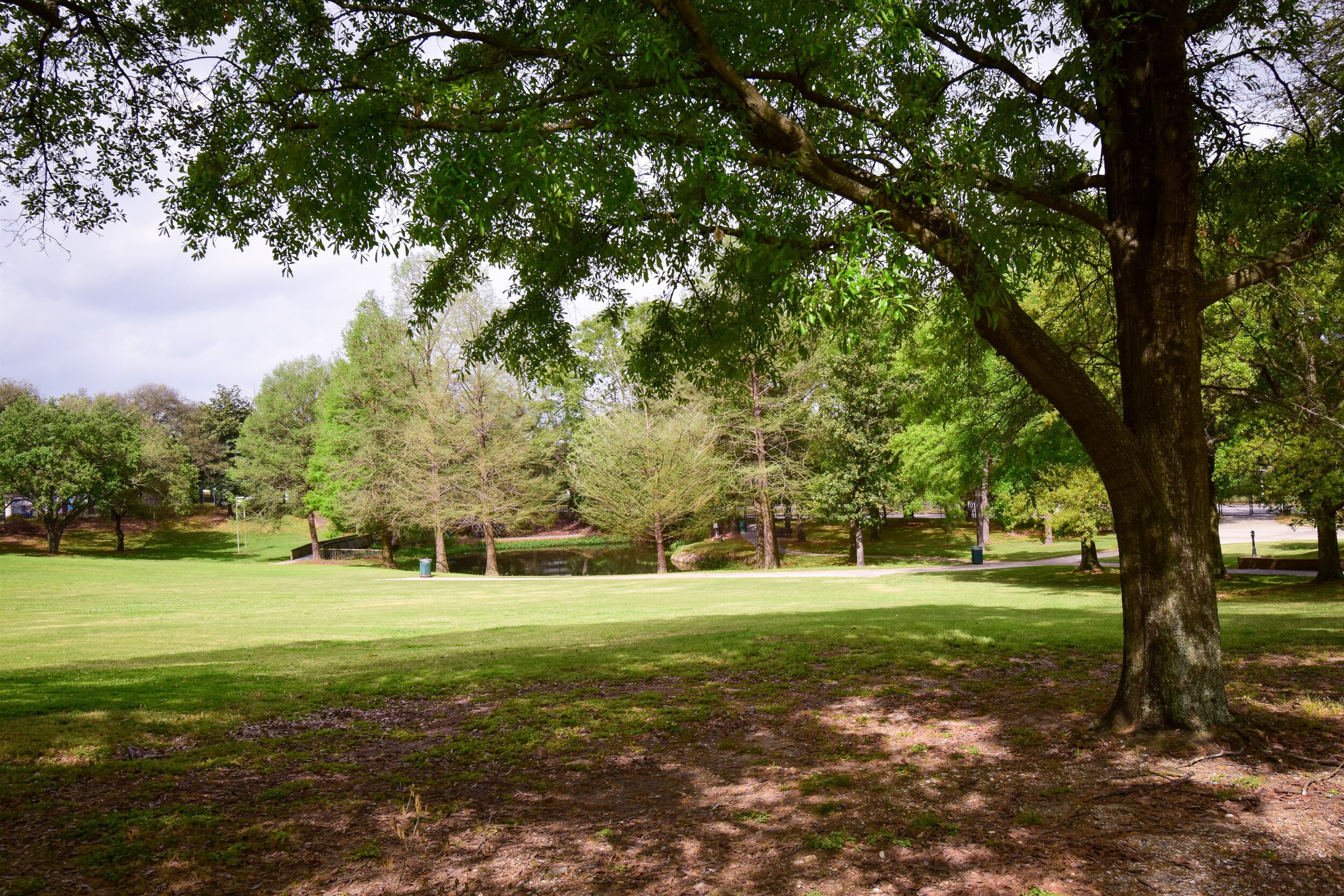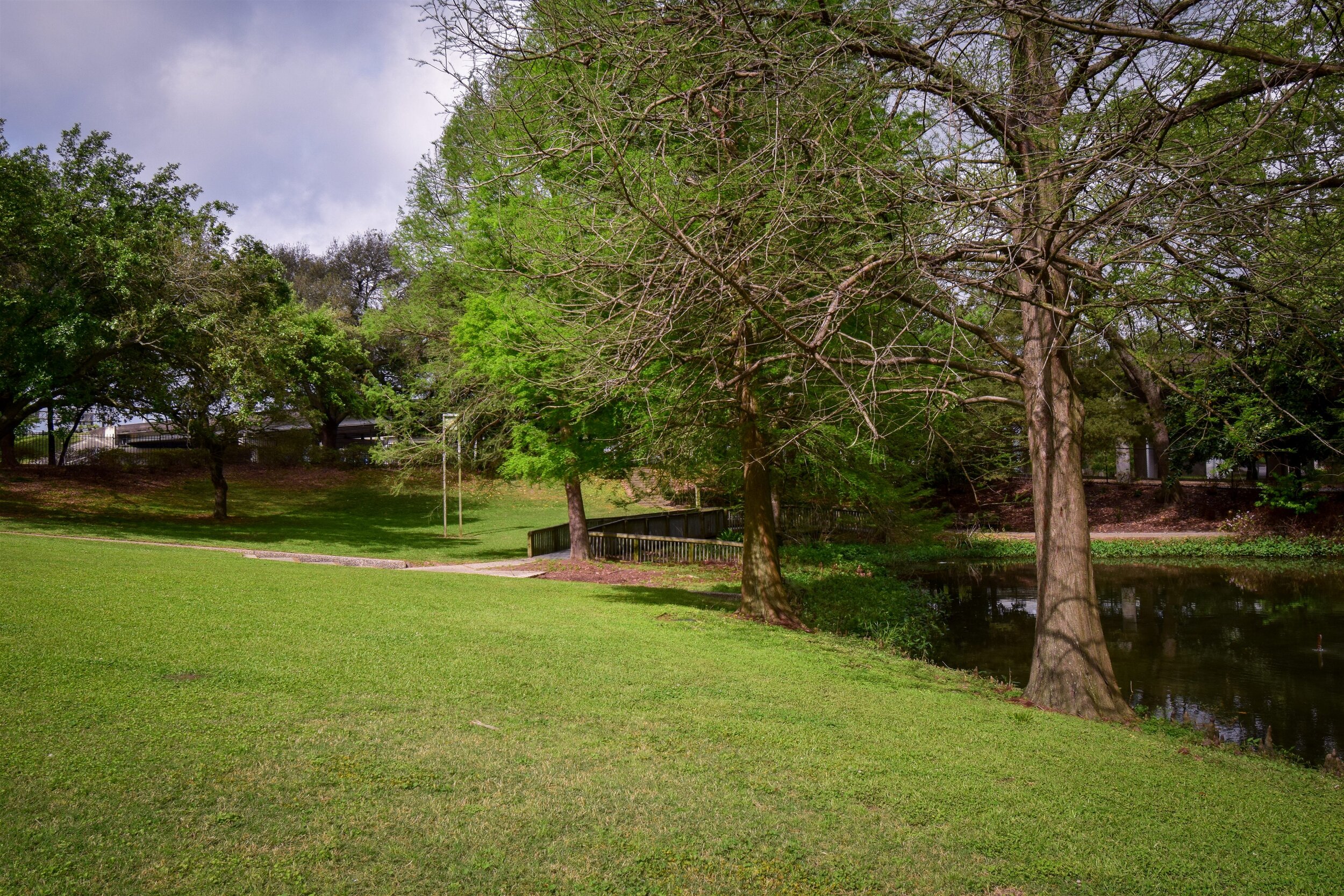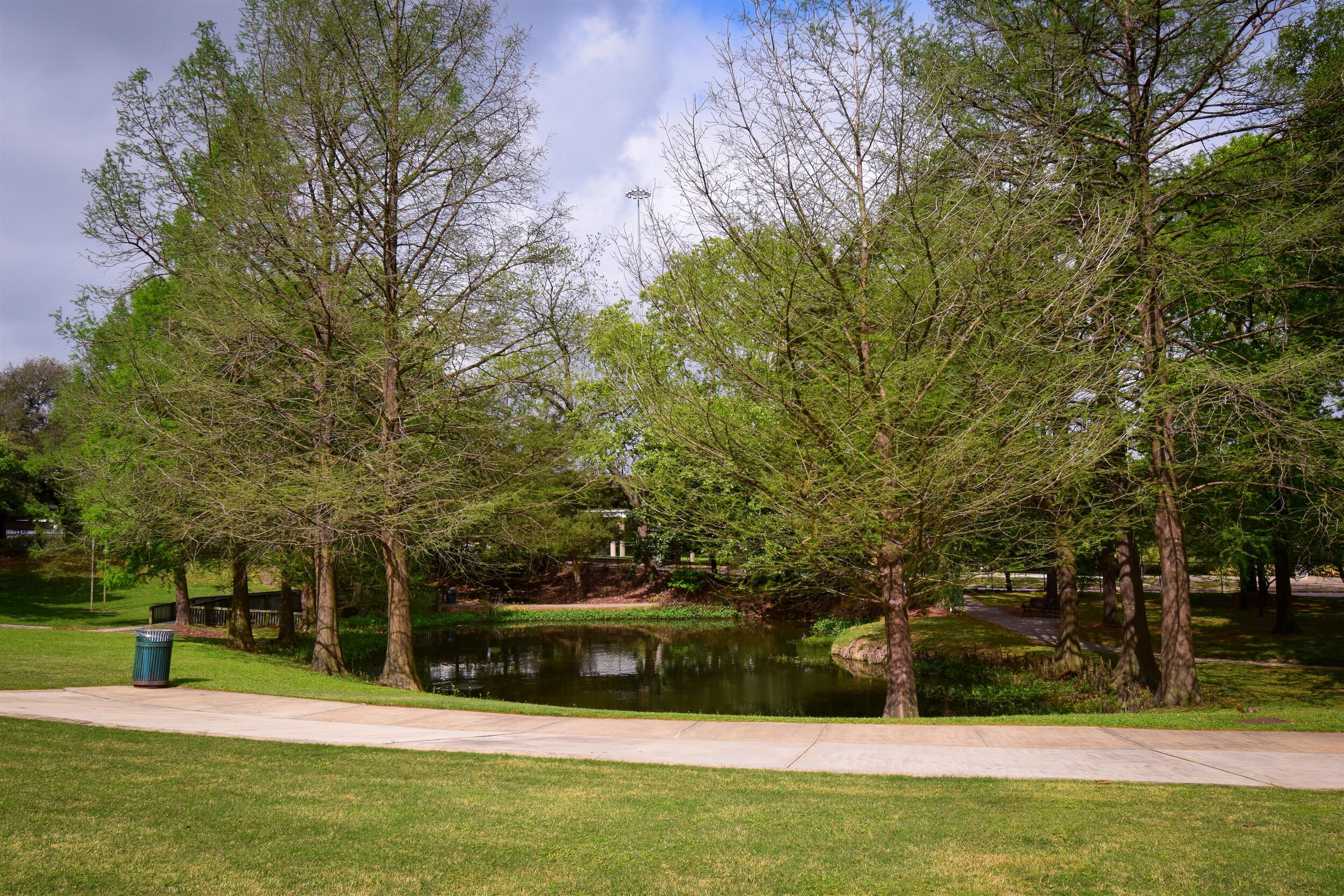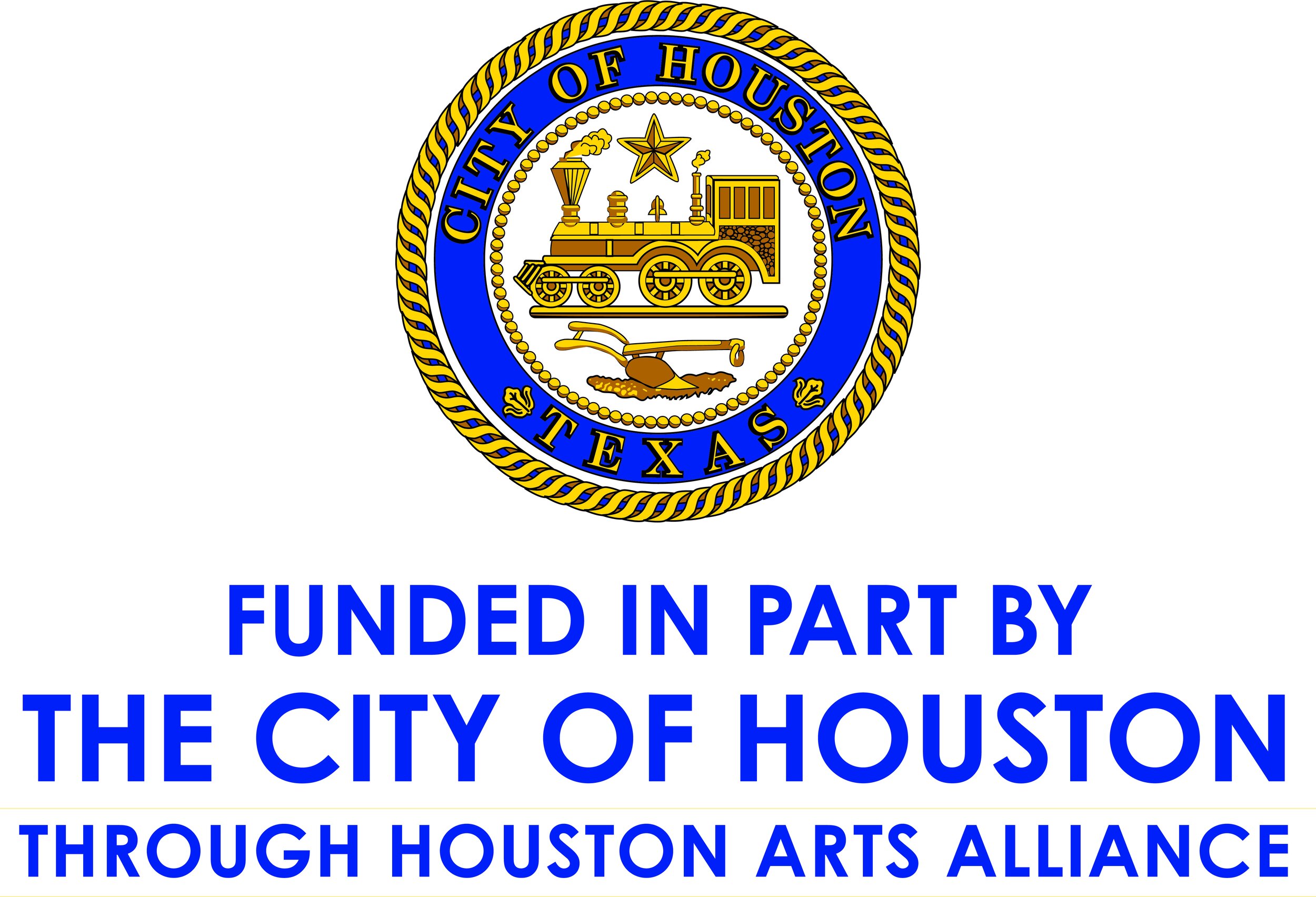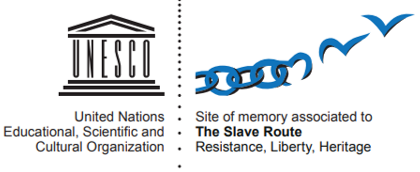Sam Houston Park
Sam Houston Park is open to the public and is under the supervision of the Houston Parks and Rec Department. Hours of operation are Sunrise to Sunset.
Sam Houston Park is a proud oasis of living history and wide-open greenness amid modern monuments to corporate and civic institutions. Surrounded by the skyscrapers and freeways that typify 21st century urban life, a short walk from City Hall, the park reminds visitors to remember the gentility and nobility of the lives lived by those who built Houston and improved it through their efforts.
Mayor Sam Brashear appointed Houston's first park committee to oversee the establishment of a city park in 1899. The 20 acres chosen came to be called Sam Houston Park. It was landscaped into a Victorian wonderland, with footpaths laid out to pass by an old mill and cross a rustic bridge over a pleasant stream. The park also included a 52-year old house (Kellum-Noble House) that had long been used as a school.
By the 1950s, Houston was a much different city, and boom times meant that many fine old buildings from more genteel eras were being demolished to make way for a burgeoning commercial affluence. The threat to demolish the Kellum-Noble House brought together a group of Houstonians dedicated to saving tangible connections to the vanishing past. Their efforts to save the Kellum-Noble House were successful and The Heritage Society was formed to restore and operate the house as a public museum. Since its founding, The Heritage Society has acquired, relocated to Sam Houston Park, restored, and opened nine additional historic buildings.
The result is a treasure for our city, with buildings representative of many eras, from an 1823 cabin to an 1891 church built by German and Swiss immigrants to a mansion built with all the conveniences available in 1905. The buildings tell the stories of how diverse segments of society lived daily, from freed slaves building new lives for themselves to prosperous merchant families from Houston's early years.
Sam Houston Park is a City of Houston Protected Landmark and a State of Texas Historical Site.
Sam Houston Park gallery photos are a courtesy of the Houston Film Commission.
ART IN SAM HOUSTON PARK
Sources: City of Houston site and Houston Arts Alliance site
ALEXANDER HODGE MEMORIAL
Title: Alexander Hodge Memorial Artist: Unknown Date: 1908 Type: Monument, plaque Medium: Stone Location: Sam Houston Park Collection: City of Houston Art Collection
A carved stone monument, the Alexander Hodge Memorial was placed in Sam Houston Park by the Lady Washington Chapter of the Daughters of the American Revolution. It commemorates Alexander Hodge as “a hero of two republics” and refers to him as “one of Marion’s Men.” The stone was dedicated in 1912. Click here to see image.
According to the Texas State Historical Association, Hodge was born in Pennsylvania and moved to South Carolina as a teenager. He served in the American Revolution under the Swamp Fox, Francis Marion. Following the war, he passed the Georgia bar and worked as an attorney. Over time, he moved through several areas of the American South, met Stephen F. Austin, and joined him as one of the original Austin colonists. When Texas declared independence from Mexico in 1836, his sons went to war, and Hodge undertook leading the women and children to safety on the Runaway Scrape. After the Battle of San Jacinto, they returned to their homes, but he had become ill during the Scrape and died on August 17, 1836.
ARMILLARY SPHERE
Title: Armillary Sphere Artist: Kenneth Lynch and Sons Date: 1977 Medium: Steel, Bronze, and Paint Type: Scupture
Location: Sam Houston Park Collection: City of Houston Art Collection
Attributed to Kenneth Lynch and Sons, the Armillary Sphere in Sam Houston Park was donated to the City of Houston in 1977 by Elizabeth Bracewell, President of the Houston Heritage Society from 1969 to 1971. The steel and bronze sphere points to the celestial North Pole. Round bands represent the meridian of Houston and the equator, as well as the signs of the zodiac. Click here to see image.
JOHN B. CONNALLY
Title: John B. Connally Artist: Ammann, Sharon Connally Date: 1995 Type: Statue Medium: Bronze (statue) & Granite (base) Dimensions: Height: 85 in., Depth: 36 in. Location: Sam Houston Park, Connally Plaza Collection: City of Houston Art Collection
Located in the plaza in the Heritage Society complex adjacent to Sam Houston Park, the bronze statue of John B. Connally was created by his daughter, Sharon Connally Ammann. It stands on a granite base incised with his name and the dates of his birth and death. He appears to be striding forward, with a Stetson in one hand and the other in his pocket.
A native Texan, Connally served as Governor of Texas from 1963 - 1969. He had previously worked for then-Representative Lyndon B. Johnson and served as a naval officer, as legal assistant to Secretary of the Navy James V. Forrestal, and on the staff planning the Allied World War II invasion of Italy under General Dwight Eisenhower. Later, President Kennedy appointed him Secretary of the Navy and, as Texas governor, he was wounded in the Kennedy assassination. He served as Secretary of the Treasury under President Nixon.
Gifted to the City of Houston by the Harris County Heritage Society. Click here to see image.
NEUHAUS FOUNTAIN COYOTES
Title: Neuhaus Fountain Coyotes Artist: Gwynn Murrill Date: September 17, 1992 Type: Sculpture Medium: Bronze
Location: Sam Houston Park
The Three Coyotes, and the fountain around them, were dedicated on September 17, 1992, by Hugo Victor Neuhaus, Jr., in honor of his parents. He felt that they represented the lifelong commitment of Hugo Victor Neuhaus, Sr., and Kate Rice Neuhaus to the culture of Houston.
California sculptor Gwynn Murrill created a grouping of three sleek, stylized coyotes, each with its own pose, of bronze. They were placed around the fountain by landscape architect John Cutler of the SWA Group.
The fountain was restored in 1997 and is maintained by the SOS! Program. Click here to see image.
PILLOT DOGS
Title: Pillot Dogs Artist: Dellray Bronze Inc. Date: 1989 Location: Sam Houston Park, Pillot House Funded by: Donation Type: Sculpture Media: Bronze Dimensions: Height: 49 in., Depth: 51 in. Collection: City of Houston Art Collection
This pair of dog sculptures is widely regarded as Houston treasures. They stand guard over the steps leading to the Pillot House in Sam Houston Park.
Eugene Pillot ordered them from the Janes, Kirtland, and Company catalog in the 1870s. Made of cast iron, they were made in Morrisania, New York, from a design by an artist listed as Richardson. Mr. Pillot had them installed at the entrance to his house, which became a local landmark, partly due to the house’s architectural charm and partly because of the dog sculptures.
Later, they were donated to the River Oaks Garden Club, then given by the club to the Heritage Society to be reunited with the Pillot House when it was moved to Sam Houston Park. Unfortunately, the sculptures were cracked and chipped and it was determined that they required restoration. The originals now reside in the Heritage Society Museum. Replicas were cast by Del Rey Bronze of Houston, and they stand guard over the Pillot House. Click here to see image.
SCANLAN FOUNTAIN
Title: Scanlan Fountain Artist: J. L. Mott Iron Works Date: 1972 Type: Fountain Medium: Cast Iron Location: Sam Houston Park Collection: City of Houston Art Collection
Dating originally from 1891 (1938 according to HAA), the Scanlan Fountain has been in Sam Houston Park since 1972. It once graced the Scanlan family home on Main Street, but was moved, first, to their home in Rosharon, and then to the park, when it was given to the Heritage Society.
The pool of the fountain is 30 inches tall, and the fountain inside it is approximately 12 feet tall. It is made of cast iron and is painted green. It underwent restoration in 1999.
Thomas Scanlan was a native of Limerick County, Ireland. He came to America as a child and to Houston in 1853, where he prospered as a merchant and took a prominent role in Reconstruction-era politics. The Union government appointed Scanlan alderman of the Third Ward in 1868 and mayor of Houston in 1870. His tenure in office saw significant infrastructure improvements in the city, and he went on to serve as postmaster and, as a private citizen, in executive roles in the Houston City Street Railway Company, the Houston Gas Light Company, and the Houston Water Works Company. He died in 1906. Click here to see image.
STATUE RELOCATED TO HMAAC
In 2020, the Houston Endowment provided a grant to transfer the 1908 Spirit of the Confederacy statue from Sam Houston Park to the Houston Museum of African American Culture (HMAAC) at 4807 Caroline Street. In the Mayor’s announcement, this statue was to be removed by Friday, June 19, to commemorate Juneteenth, 2020. The holiday memorializes the day slaves in Texas learned the Emancipation Proclamation granted them freedom from slavery. The mission of HMAAC is to collect, conserve, explore, interpret, and exhibit the material and intellectual culture of Africans and African Americans in Houston, the state of Texas, the southwest, and the African Diaspora for current and future generations.
U.S.S. HOUSTON MONUMENT
Title: U.S.S. Houston Monument Artist: Jeff Ryan Date: 1998 Type: Monument Medium: Granite, bronze, brass Location: Sam Houston Park Collection: City of Houston Art Collection
The U.S.S. Houston Monument incorporates the brass ship’s bell recovered from the wreck of the U.S.S. Houston, which has been placed atop a granite pedestal. It is the scene of an annual commemoration of the sailors who died in the sinking of the Houston in the Sunda Strait, March 1, 1942, by the Japanese Navy. Of the 1,068 men on board, 700 died, and the survivors were used as slave labor on the Burma Railroad. Many died before being liberated by the Allies in 1945. The names of the ship's crew are written on the pedestal.
The monument is the work of Jeff Ryan, and has been a part of Sam Houston Park since 1998. Click here to see image.
As part of Navy Week, October 2012, Seabees from U.S. Naval Mobile Construction Battalion Two Eight, under the direction of Lt. E.R. Weatherall, performed a total restoration project of the U.S.S. Houston Monument at Sam Houston Park. They remodeled the plaza behind The Heritage Society and built sidewalks connecting the U.S.S. Houston Monument to the existing walkway in front of the Nichols-Rice-Cherry House. Thank you to all the U.S. Navy Seabees
Credit: Built and gifted under the sponsorship of the USS Houston (CA-30) Foundation, a project of the Texas Commandery of the Naval Order of the United States, Captain Carl V. Ragsdale, USN (Ret.) Chairman. #Veteran
WORLD WAR I MONUMENT
Title: World War I Monument Artist: Frank Teich and Teich Monument Works Collection: City of Houston Art Collection
Date: c. 1918 - 1920 Type: Monument Medium: Bronze & Granite Location: Sam Houston Park
The World War I Monument is in The Heritage Society plaza behind their office complex, Tea Room, and Museum, adjacent to Sam Houston Park. It consists of a bronze plaque set in a granite block. An eagle spreads its wings over the list of names of local soldiers who died in that war. Click here for image. #Veteran
Historical Markers
Alexander Hodge
Ancient Order of Pilgrims
Kellum-Noble House
Nichols-Rice-Cherry House
Houston City, Republic of Texas
Sam Houston Park
Sons of the Republic of Texas
Bagby Street Corridor
“The Bagby Street Improvement in Downtown Houston sets the tone for 21st century multimodal infrastructure while stitching together civic uses along a beautiful corridor for people of all ages and abilities. It is transformational, to say the least.”
– Luis Guarjardo, AICP and the APA Houston Board of Directors 2022-2023
Inspired by the success of Avenida Houston, on the east side of the city’s Downtown, Mayor Sylvester Turner wished to create something equally iconic on the west side. Bagby Street connects civic uses (including City Hall and its annex), cultural uses (Hobby Center, Bayou Place, and others) and parks (including Sam Houston Park and Tranquility Park). This two-mile-long promenade invites locals and tourists to get their steps in and be a part of the City.
This urban trail establishes a safe, off-street bike path through downtown, connect to major destinations, and help to stitch together the region’s emerging bike network. Connections include on-street facilities as well as links to the trails of Bayou Greenways via Buffalo Bayou. The comfortable, off-street urban trail provides a safe and pleasant environment for pedestrians and cyclists moving along the corridor. Now, this urban trail provides a safe, off-street bike path through downtown, connecting to civic and cultural uses as well as parks, and serving as a gateway into downtown from the city’s west side.
In 2022, the project was honored with a Transportation Planning Gold Award by the American Planning Association’s Texas Chapter, for the Houston Section.
The Heritage Society shared Bagby Street history at Annual Candlelight Tours in honor of the reveal of the completed project. The corridor is wonderfully decorated with light installations for the holidays and is known as Winter Wanderland.
News Story: Click 2 News
